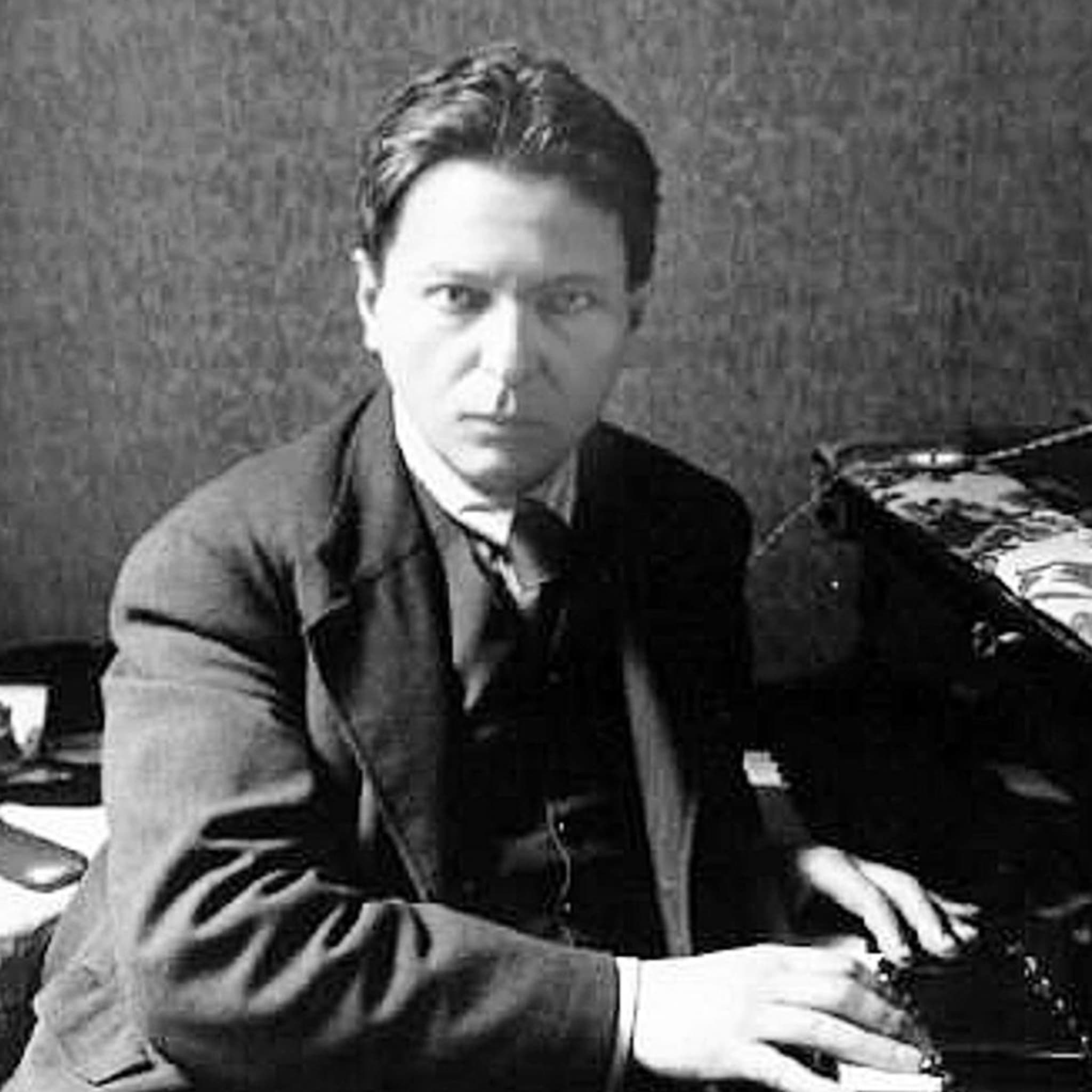Album insights
Haydn's title as the "Father of the Symphony" has long been questioned; however, no one doubts his role as the Father of the String Quartet. Although divertimenti for two violins, viola, and cello appeared before Haydn's first quartets in the 1750s, it was Haydn who explored the possibilities of the four string players as a flexible, dialogic medium. His influential quartets op. 20 and op. 33, written in 1772 and 1781, solidified the string quartet as a vehicle for sophisticated musical discourse. Haydn's quartets challenged the symphony for dominance, becoming a test of taste and craftsmanship for composers in the 18th century.
Haydn began work on his final set of quartets in 1796, a year after returning from London. The quartets were ordered by Joseph Erdödy and were released in Vienna and London as Opus 76 in 1799/1800. Haydn's quartets exhibited a blend of accessibility and complex motivic development, pushing the boundaries of the form. His quartets stood uniquely in their expressive range and freedom from contemporary patterns.
In a departure from traditional norms, the quartet G major, op. 76 No. 1, opens boldly, beckoning the quartet genre into the limelight. The serene melodies within showcase Haydn's craft through intricately woven textures and playful interplay, defying predictability. The quartet uniquely marries scholarly sophistication with melodic accessibility, creating an engaging and dynamic musical journey.
Haydn's slower movements often exude solemnity, akin to his masses and oratorios. The Adagio sostenuto of the quartet op. 76 No. 1 exemplifies this, featuring deep reflective passages contrasted with poignant dialogues between cello and first violin. The quartet's menuetto and trio section introduce lively staccatos and a pastoral charm, epitomizing Haydn's compositional wit and versatility.
Following a somber opening in g minor, the final movement surprises with its thematic transformations. Haydn masterfully manipulates tonal shifts and harmonic progressions, leading the listener through a series of suspenseful developments. The quartet culminates in a whimsical interpretation of the original theme, infused with humor and musical ingenuity.
Integrating variation principles, Haydn's quartets op. 76 No. 5 and No. 6 diverge from conventional forms. The quartet in D major unfolds through thematic variations and contrapuntal explorations, showcasing Haydn's ingenuity in manipulating motifs and structures. The compositions reflect a blend of folk influences and inventive harmonic explorations, revealing Haydn's adventurous and innovative spirit.
Haydn's quartets stand as landmarks of classical chamber music, blending technical prowess and emotive depth. From his exploration of thematic variations to his harmonic audacity, Haydn remains a pioneering figure in the evolution of the string quartet genre, leaving an indelible mark on classical music history.











